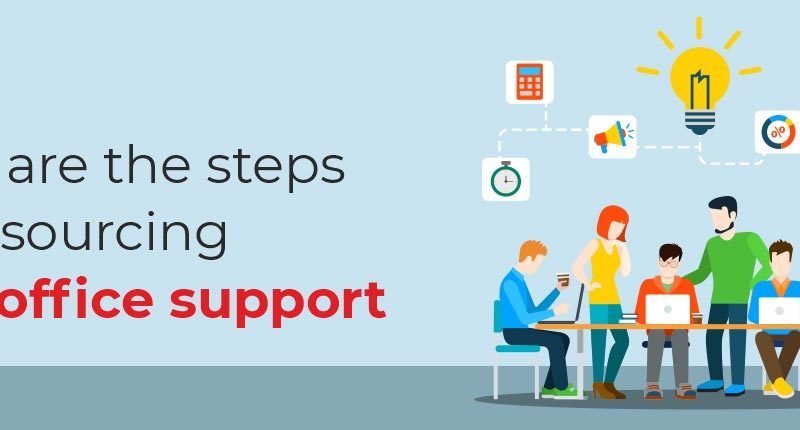Save money, how can technology help you?

At the beginning of the year and after the excesses of Christmas, saving money becomes one of the habitual resolutions of most people.
According to the first report of the Family Savings Observatory of the IE Foundation and the Mutualidad Abogacía Foundation, 30% of Spanish households reached the crisis caused by the COVID-19 pandemic with only about €2,200 in total savings, 20% with about €800 and 10% with €200 saved. However, the fall in consumption during the pandemic has meant that those who have been able to afford it can increase their level of savings. In this way, according to the report, the savings rate of Spanish families has been around 22.5% of gross disposable income.
To help people who want to save money , at ANOVO we have compiled the best technological tools that can be used to spend less, save or invest part of the money you earn each month.
How to save money on everyday bills
Electricity, water, insurance…, are monthly expenses that most citizens have and in which you can save something. It is not about saving money by consuming less, but about putting some habits into practice when looking for providers of these services. For this, for example, easily accessible tools such as online comparators can be used .
Online comparators to save money
There are comparators for almost everything: insurance, internet rates, electricity, mortgages, supermarkets… Among these comparators, the following stand out:
- Rastreator.com, Acierto.com or Kelisto.es: insurance, telephony, mortgages, loans, bank accounts, travel, cars, energy.
- Idealo.es: products in general, technology products, flights and hotels.
- Choosetuenergia.com: electricity, water and gas.
- Comparar.net: products in general.
- iAhorro.com: banking products.
- Carritus.com or soysuper.com: prices of products in supermarkets.
- Trivago.es, Kayak.es or eDreams.es: hotel rates
- And so on.
Home automation and savings
Another way that technology can help us save money on monthly bills is through IoT devices.
There are products on the market such as smart thermostats, which allow you to control the temperature of the house from your smartphone and regulate it, helping to save energy. You can also find energy saving systems that turn off electronic equipment (for example, a PC) when they are not being used, or gadgets that turn off the light or devices connected to a power outlet when they do not detect movement (depending on the configuration). of the user). Refrigerators that help you make the shopping list, washing machines that dose detergent intelligently, cooktops that adapt the temperature to the recipe you are cooking…, the Internet of Things market or IoT devices, increasingly in boom, it can also help save money on everyday expenses.
Apps to save money
There are applications that can help you save money by organizing your expenses, saving small amounts, creating savings goals… Let’s see 3 examples of highly recommended saving apps.
Fintonic
We already talked about Fintonic in our article about aggregators and trends in the creation of apps for mobile phones .
Fintonic allows you to group expenses by categories, control the money available in different bank accounts, receive notifications, view the status of loans, mortgages, investment funds…
Among the latest features implemented by this app is the possibility of consulting the best loans available on the market based on your finances, making payments with Google Pay, having a bank account without fees or commissions and with a Spanish IBAN, physical and virtual card… In addition, it also analyzes daily monthly expenses and offers better conditions from companies for insurance, electricity or water costs, telephone costs, etc.
Fintonic is totally free, has more than 1 million downloads and a rating of 4.4 in the Play Store and 4.5 in the App Store.
goin
Goin is what is called a virtual piggy bank that allows you to save money through different methods. Its operation is very simple: you just have to set a savings goal, link your bank account and your card and choose the savings method that suits you best:
- Round-up: for each purchase, you choose a round-up that the application saves. For example, if you buy something worth €22.50, you can tell the app to simulate spending €25, saving €2.50.
- Withholding: Allocate a percentage of your payroll or any income you have to your savings account or digital wallet.
- Automatic top-up: add a daily, weekly or monthly fixed amount to your savings account.
Goin is currently developing new saving methods based on Artificial Intelligence.
This app also allows you to make investments in cryptocurrencies or crowdlending (short-term investment in SMEs with controlled risk).
Goin is available for Android and iOS and has a rating of 4.5 and over 100,000 downloads on the Play Store.
52 week challenge to save
One of the applications to save money that has the best rating from users (4.8) with more than 1 million downloads is “Challenge 52 weeks to save”.
The success of this app is that, in addition to setting a savings goal, it establishes a time frame of 1 year in which to achieve it. The app tracks progress and includes fun notifications and alarms to motivate you to save using 4 methods:
- Incremental challenge: a savings is set with a very low amount that is increased weekly. For example, €1 the 1st week, €2 the second, €3 the 3rd week and so on until week 52. The user is the one who sets the increase.
- Reverse challenge: the same as the previous one, but you start by saving more in the first few weeks and progressively decrease in the following weeks until week 52.
- Fixed amount: define a fixed amount of money you want to save each week and the app tracks your progress.
- Goal: If, for example, you want to buy something, set the price as a goal and the app helps you reach it.
For their part, many of the apps of the main banks and financial institutions include functions that can help you save. Such is the case of ING’s “My Piggy Banks” option; “My day to day”, “My Budgets” and “My Goals” of BBVA; “My Finances” from CaixaBank or the Money Plan app from Banco Santander.
Many of the apps to save money include the concept of a virtual piggy bank. A savings model, increasingly on the rise, that some banks also offer from their own applications.
What is a virtual piggy bank?
A virtual piggy bank is an online functionality that helps us set savings goals and motivate ourselves. It is the closest thing to the traditional piggy bank, but instead of saving with physical money, it is done virtually.
Among the most outstanding advantages of virtual piggy banks, the following can be highlighted:
- Some apps and banks allow these piggy banks to be individual or shared, so if your goal is in common with other people, you can contribute money to the same piggy bank from different accounts. You can even share it with your family and friends to ask them to contribute their grain of sand to achieve your goal. For example: a honeymoon trip.
- They are a simple, uncomplicated and free product.
- Being linked to the current account, virtual piggy banks allow you to have that money immediately.
- They allow you to configure notifications or alerts that motivate you to save money.
- They allow periodic contributions to be made automatically.
- Virtual piggy banks can be closed or canceled with just one click.
At ANOVO we hope we have helped you achieve your savings goals. We invite you to share your savings system or the app you use through the comments.






